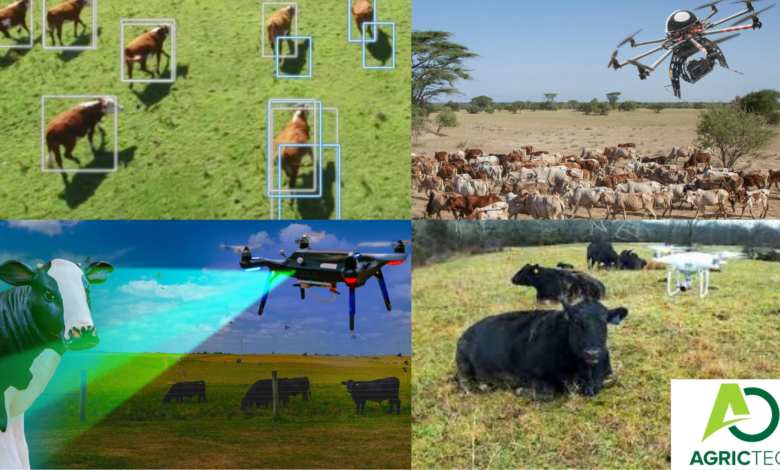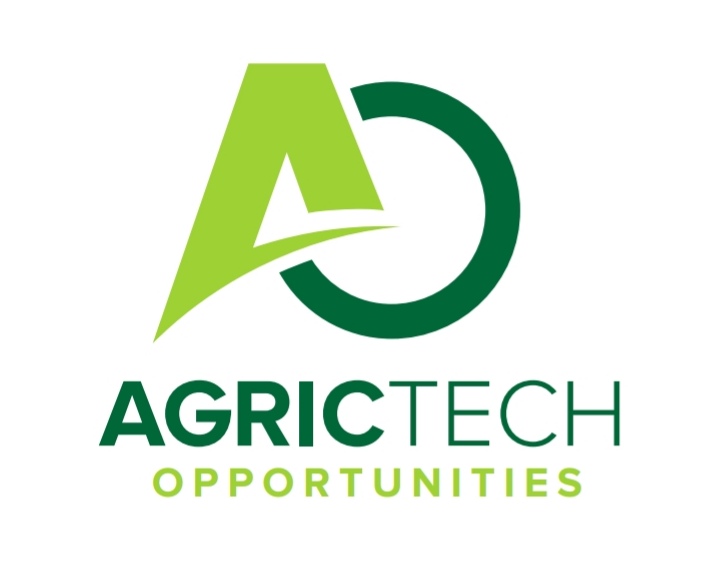Precision Agric: The Use Of Drones In Herding Cattle And Monitoring |Agric Tech |

Host
GLOBAL Farmers
Target Audience
Global Farmers
Program Overview
Precision agriculture is a farming management approach that uses advanced technologies, such as satellite imagery, GPS mapping, drones, and other sensors, to optimize crop yield and reduce waste of resources such as water, fertilizer, and pesticides. It involves collecting and analyzing large amounts of data from various sources in real-time to make more informed decisions about crop management.
ALSO READ: How To Easily Manage And Control 10 Common Diseases Affecting Broilers And Layers On A Farm
Precision agriculture allows farmers to identify and address specific areas of a field that may require more or less attention, such as areas with high or low soil fertility or moisture levels. By using this information, farmers can tailor their crop management practices to specific areas of the field, such as adjusting irrigation rates or applying fertilizer more precisely, which can increase crop yields while reducing costs and environmental impacts.
The use of precision agriculture has been growing rapidly in recent years, as farmers seek to improve the efficiency and sustainability of their operations while meeting increasing demand for food from a growing global population.
ALSO READ: How To Easily Formulate Cattle And Broilers Feeds |Raw Materials And Mixing Process 2023 Guide
In this article we will be focusing on the use of drones in herding cattle and monitoring:
Drones have shown promise in the field of agriculture, including in the herding and monitoring of cattle. With drones, farmers and herders can monitor large areas of land quickly and efficiently, reducing the need for manual labor and potentially improving the well-being of the animals.
ALSO READ: How To Easily Perform Artificial Insemination Technique (AI) In Various Species Of Farm Animals
Drones equipped with cameras and sensors can be used to monitor herd movements, identify potential health issues, and even detect signs of distress or injury among individual animals. This information can be used to improve animal welfare and make more informed decisions about herd management.
In addition to monitoring, drones can also be used for herding. By using drones to guide and direct cattle, farmers and ranchers can reduce the need for manual labor and make herding more efficient. This can save time and resources, while reducing the stress placed on both the animals and the herders.
Overall, the use of drones in agriculture, including for the herding and monitoring of cattle, has the potential to improve efficiency, reduce labor costs, and improve animal welfare.
Sure, I’d be happy to elaborate further on the use of drones in herding and monitoring cattle in agriculture.
ALSO READ: 6 Approved Common Pig Diseases For | Piglets, Boars And Sows| And Management Strategies
One of the key advantages of using drones for cattle monitoring is that they can cover large areas of land quickly and efficiently. This can be particularly useful in ranching and grazing operations, where cattle are often spread out over vast areas of land. By using drones equipped with cameras and sensors, farmers and ranchers can get a better understanding of how the animals are behaving and where they are located.
Drones can also be used to identify potential health issues in cattle. For example, thermal imaging cameras can detect variations in body temperature, which can be an indicator of infection or disease. This can help farmers and ranchers identify sick animals more quickly and take appropriate action to prevent the spread of disease.
ALSO READ: Learn How To Start Beekeeping THE HONEY BEE
In addition to monitoring, drones can also be used for herding cattle. This can be particularly useful in situations where manual labor is difficult or dangerous, such as in rugged terrain or areas with predators. By using drones to guide and direct the animals, farmers and ranchers can reduce the need for manual labor and make herding more efficient.
However, it’s important to note that there are some limitations to the use of drones in agriculture. For example, drones can be affected by weather conditions such as wind and rain, and they may not be able to operate in certain areas due to regulatory restrictions. In addition, drones are not a replacement for human labor and expertise, and they should be used in conjunction with other tools and techniques to ensure optimal results.
Overall, the use of drones in herding and monitoring cattle in agriculture has the potential to improve efficiency, reduce labor costs, and improve animal welfare. As technology continues to advance, it’s likely that we will see even more innovative uses of drones in agriculture in the future
ALSO READ: Your Key To Success: FISH FARMING (Aquaculture) 2023
ALSO READ: The Benefits of Doing an Internship: How It Can Help You Get Ahead in Your Career
For more updates On Agric Tech Opportunities kindly join the social groups below:
Join our Telegram | Follow us on Linkedin | Also, Follow us on Twitter. | Join Our Whatsapp Group
God bless and All the best !!

